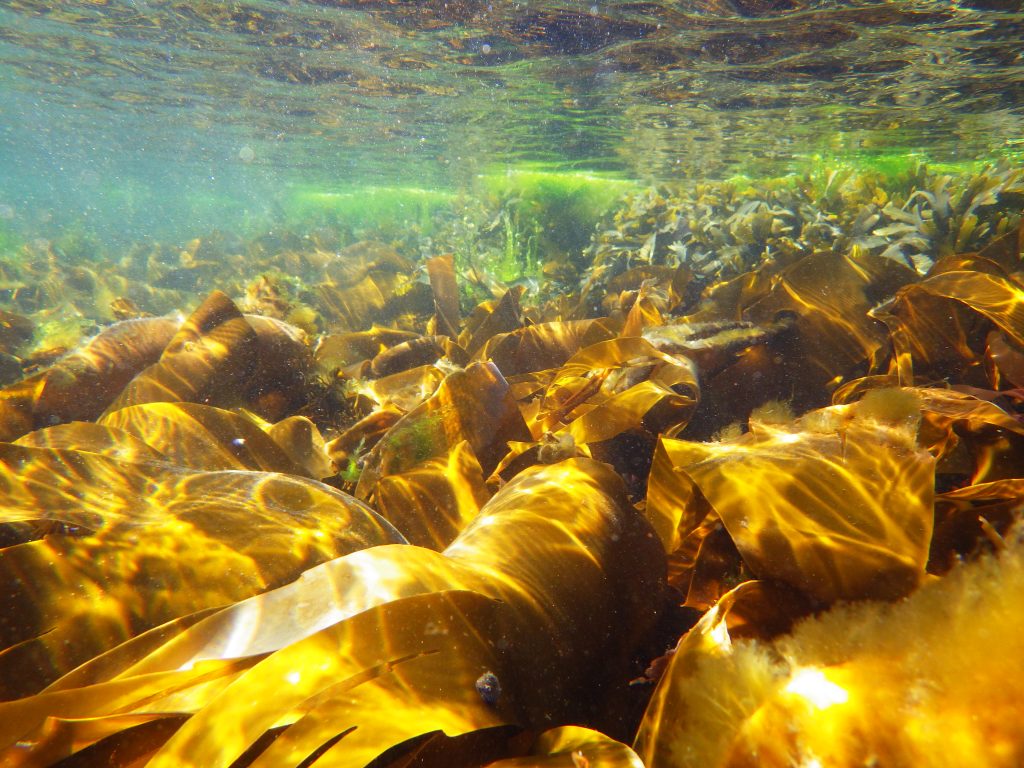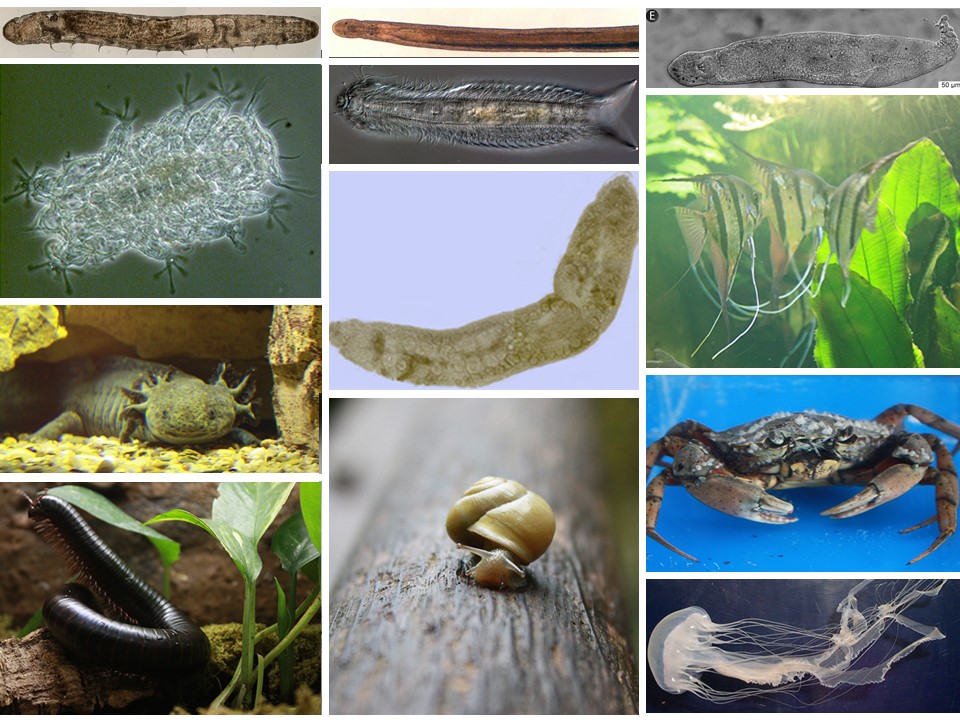After two years of hard work and many meetings, we can officially announce that the Biodiversity Genomics Europe consortium has started this month. The road to this consortium at the European level started actually from two points. It is a collaboration between two of the most ambitious biological global aims in biodiversity to date. The first one stems from the global Earth BioGenome Project (EBP) having the goal to sequence the genome of each eukaryotic species on earth. Eukaryotic species are species, which have cell with a nucleus. This group comprises for example all animals, plants, fungi and many unicellular organisms like amoebae, but not bacteria, archaeans and viruses. At the European level, this initiative was taken up by the European Reference Genome Atlas (ERGA) initiative, which is a bottom-up pan-European endeavor bringing the scientific community of experts in genome sequencing and taxonomy together. It aims to coordinate the generation of these reference-quality genomes. ERGA follows a distributed model to create and consolidate a collaborative and interdisciplinary network of scientists across Europe and associated countries. ERGA works to develop and propagate guidelines for scaling up all the steps required for state-of-the-art reference genome generation through training and knowledge transfer.

Our group and EBP-Nor and CEES at UiO are heavily involved in this part of ERGA and BGE. In the first place, we at FEZ got involved through our project InvertOmics, which was the first project founded in Norway to sequence genomes of animal species at a larger taxonomic breadth covering half of all animal phyla. However, now we together with the other groups at UiO are leading the community sequencing effort of BGE. In this part of BGE the European community can suggest species, for which a genome shall be sequenced (please go to this website for suggesting a species). However, as we will have more suggestions than we can sequence at this phase, we need to establish processes that ensure a fair, balanced and transparent selection process. The development of this process is going on right now lead by Rebekak Oomen from UiO-CEES and me. Besides biological criteria such as feasibility and taxonomic representation, it will also include several social criteria such geographic distribution across Europe, access to genomic resources, gender, and minority background. Another aspect of the project of BGE, in which we are strongly involved, is the development of protocols to sequence challenging species, which, for example, have large genome sizes, small body sizes or components co-purifying together with DNA inhibiting down-stream sequencing. For a more detailed description of our contributions look at this article from Titan (in Norwegian).

As written above the route to BGE started from two global initiatives. The other one is the BioScan initiative, which developed out of the International Barcode of Life Consortium (iBOL). The global BIOSCAN initiative aims to transform understanding of species diversity, their interactions, and dynamics by generating not only one or a few barcodes per species, but a representative number covering the full distribution of a species. Within in this initiative, BIOSCAN Europe brings together existing European national networks, scientists and projects that work on the monitoring of biodiversity using DNA to build an efficient European system of interconnected facilities for rapid identification and monitoring of species. Its aim is to establish a European hub for the International Barcode of Life consortium. At the Norwegian side, the major contributor to the project is NTNU and we only contribute a little to the museum sequencing effort, which has the goal to fill in gaps using the existing scientific collections in Europe. We will coordinate the contribution from NHM’s scientific collections.
![]()

2 Comments on “Launch of Biodiversity Genomics Europe – sequencing the genomes of European species”